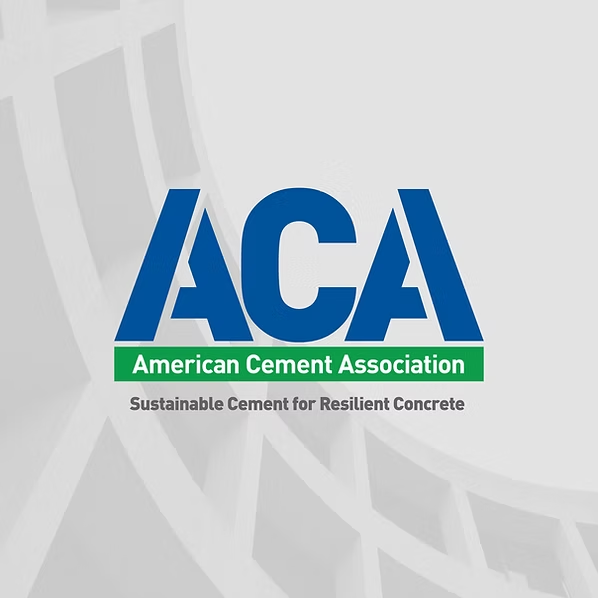Heidelberg Materials

In 2022, Maryland passed the Climate Solutions Now Act, calling for the state to reach net-zero emissions by 2045. In response to the act and to align with company-wide decarbonization strategy, Heidelberg Materials’ Union Bridge Cement Plant thoughtfully engaged with Maryland policymakers to help shape a transparent and interactive strategy for providing input on the state’s emissions goals.
With open lines of communication, the Union Bridge plant has assisted policymakers and local stakeholders in their understanding of the cement manufacturing process while presenting them with realistic and achievable strategies to decarbonize a hard-to-abate industry.
Collaboration Proves Key
Through interactive engagements such as plant tours and training in environmental protection, the Union Bridge plant offered state policymakers an opportunity to see first-hand the size and scale of the plant, the extent of the manufacturing process, and the importance of strategic and achievable decarbonization plans.
Producing cement in Maryland for more than a century, the Union Bridge plant has long been a pillar of the community and regional economy. This initiative to collaborate on decarbonization strategies offered community stakeholders, as well as state policymakers, the opportunity to provide feedback on the Union Bridge carbon-reduction approach.
In addition to policymakers, Union Bridge also fostered conversation with regional environmental stakeholders such as the University of Maryland’s Center for Global Sustainability (CGS), Maryland Energy Administration, Maryland Department of the Environment, the Maryland Department of Labor, and the U.S. Department of Energy.
Transition to Lower-Carbon Cement
Further reinforcing its commitment to decarbonization, the Union Bridge plant is finalizing its full transition from producing traditional portland cement to portland-limestone cement (PLC) as its primary product.
Compared to traditional cement, PLC blends reduce carbon dioxide (CO2) emissions by approximately 10%. This transition at the Union Bridge plant avoids approximately 114,000 metric tons of CO2 annually, the equivalent of removing about 27,000 cars from the road per year.
In addition to reducing its carbon footprint, the Union Bridge plant also maintains its economic impact, supporting more than 160 full-time jobs in the community.
We are excited to demonstrate the value of ACA’s Roadmap to Carbon Neutrality and contribute to both our community and state reaching ambitious emissions targets. Maryland’s legislation is a reminder that carbon neutrality cannot be achieved alone. It requires cooperation across industries, governments and communities.
The willingness of Maryland’s officials to engage with Heidelberg Materials and exchange ideas around decarbonization strategies demonstrates the importance of outreach and cooperation across industries and governments. With open dialogue, the cement and concrete industry can achieve the carbon goals of the Roadmap while advancing carbon neutrality progress at a state level.
